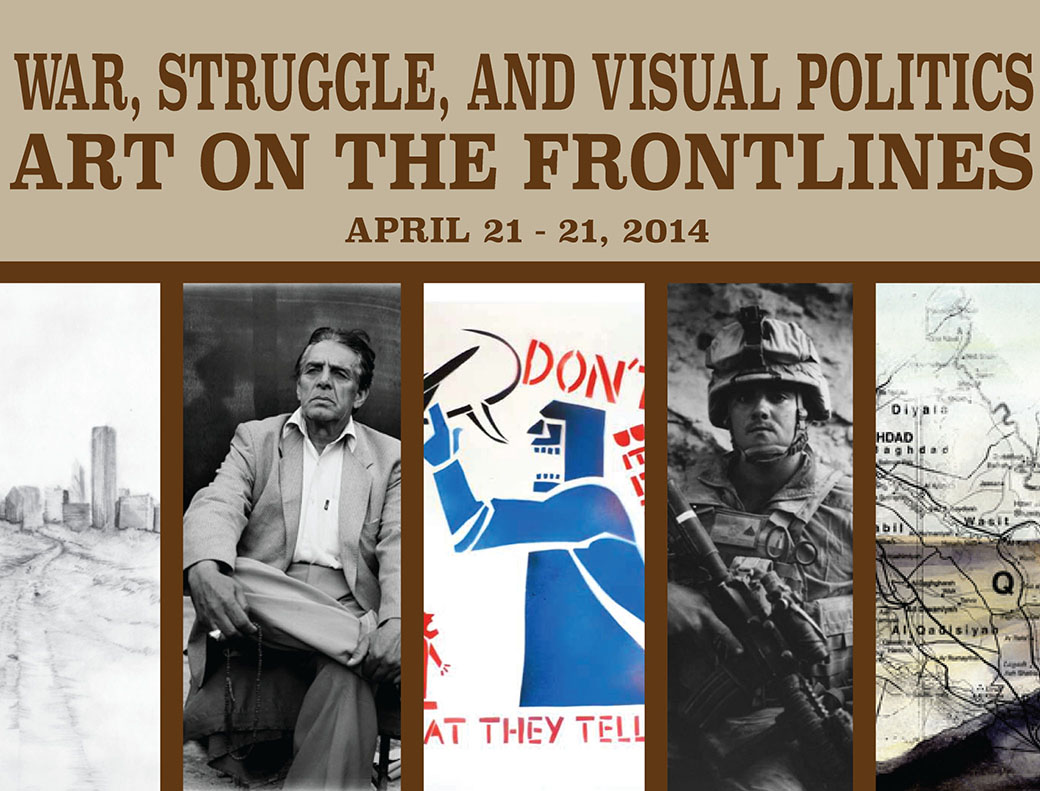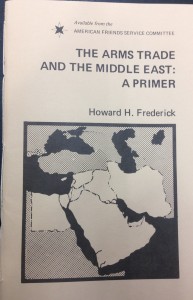American foreign policy in the Middle East has long been characterized by uneasy alliances with unlikely partners. For the last decade, our partners in the region have provided important support to American military operations in Afghanistan and Iraq. However, as the wars in both Afghanistan and Iraq come to a close many academics are beginning to question whether certain alliances have been as helpful as many believe. In particular, American support for Saudi Arabia has been unwavering since the 2001 attacks despite the majority of the hijackers’ involved being Saudi nationals. When compared with the human rights record of Saudi Arabia in basic legal proceedings one begins to question why American foreign policy personnel believe this relationship is beneficial for American image abroad.
In 1996 there was a terrorist attack on the Khobar Towers, a popular apartment building used by foreign military personnel in Khobar Saudi Arabia. Nineteen of those killed were American airmen. In response to this an open letter was written by Chandra Muzaffar (1996), Lessons from the blast: Opposition to US Alliance is strong within the kingdoms middle class. The letter is very concise but provides an extreme amount of foresight into the future problems with United States involvement in the region. Firstly, it points out that the King of Saudi Arabia is considered the custodian of the holy cities of Mecca and Medina, and because US policy seems to dictate much of the royal families’ actions many are beginning to view the United States as ‘the custodian of the custodian’. Information obtained from the 9/11 Commission report has indicated that many of the hijackers from Saudi Arabia were indeed middle class well- educated persons.


